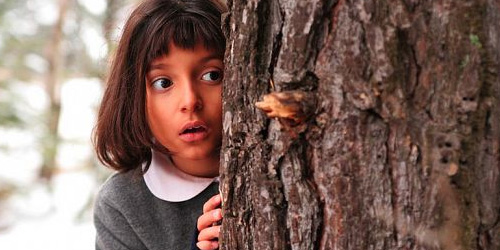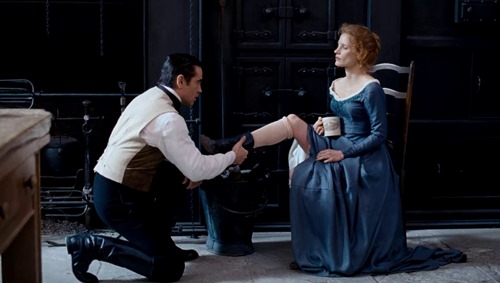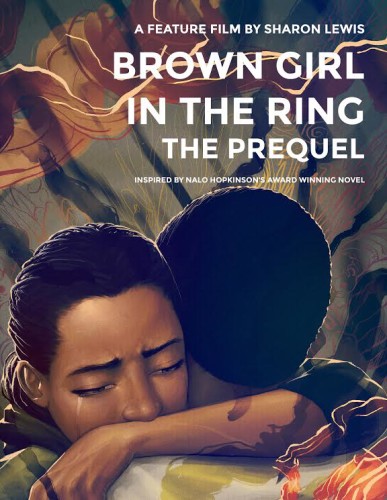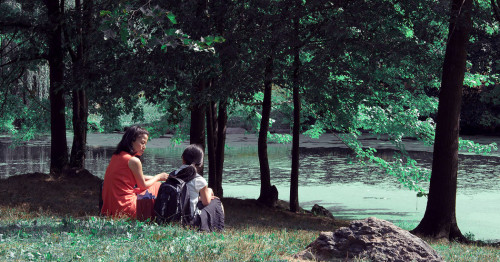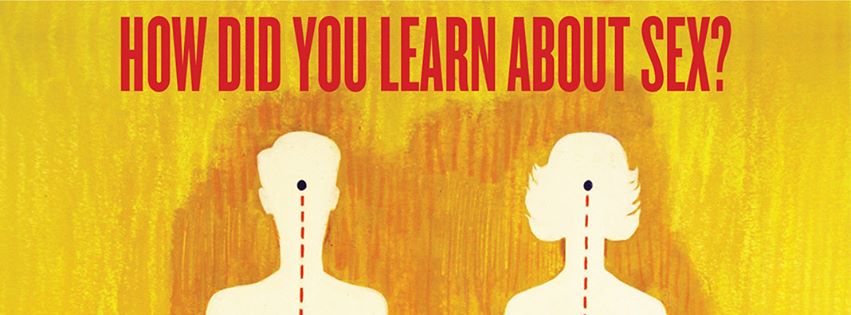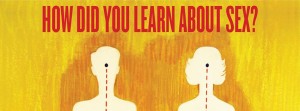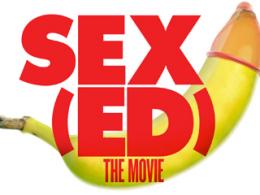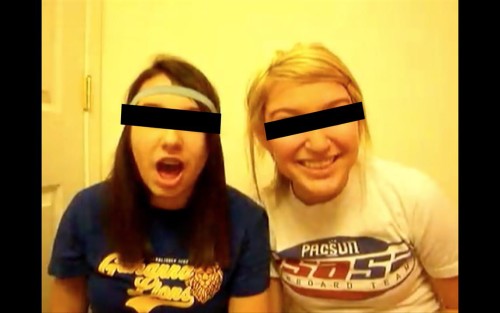This guest post by Laura Shamas originally appeared at Bitch Flicks and is reposted here as part of our theme week on Indigenous Women. | Spoilers ahead.
In July 2015, Canada’s Truth and Reconciliation Commission released a major report entitled “Honoring the Truth, Reconciling for the Future” about the cultural genocide against Aboriginal children, due to abuse in Canadian residential boarding schools run by churches and funded by the state. The report is based on testimony from over 6,000 survivors; there are 94 proposals for reparation recommended. The Canadian Broadcasting System notes that the odds of dying in a native residential school in Canada (“1 in 25”) were higher than dying as a Canadian serving in World War II (“1 in 26”).
One female-helmed film that directly addresses the horrific psychological, cultural, and spiritual legacy of native boarding schools on Indigenous families in the United States is Older Than America, a 2008 release, directed and produced by and starring Georgina Lightning, from a script by Lightning and Christine Kunewa Walker. Lightning is a Canadian First Nations filmmaker, and a Maskwacis Cree, registered with the Samson Cree Nation. As the film begins, a graphic informs us: “This story is inspired by actual events.”
Tracing the devastating intergenerational effects of cultural and physical genocide, as part of colonialism, in a film about Native people is difficult and daunting, but Lightning’s approach is original and compelling, aided by a strong ensemble cast that features Native actors. The film begins on the Fond Du Lac reservation in northern Minnesota, as schoolteacher Rain O’Rourke (Lightning), awakes in the middle of the night from an ominous dream about a young man in a Sun Dance ceremony. Rain lives with her longtime boyfriend, reservation Police Officer Johnny Goodfeather (Adam Beach). She mentions to Johnny that they need to secure the door latch; it’s clear that “something” is getting in.
The film’s storyline is bifurcated, propelled by time; the plot of the present is jarringly interrupted by traumatic, haunting memories of the past, depicted in grey flashbacks. And the present is also connected to the future, as few are able to take action until the truth about the past is acknowledged. Ghosts also populate the present, filmed in color.
We follow Rain, the film’s protagonist, as she comes to terms with her past through visions and dreams, and her future, too, when she learns the disturbing truth about what happened to her mother and uncle at the nearby Catholic native residential school. Rain’s journey is part of the collective story of her community and her tribe; until the facts about what happened to Native students locked in a school cellar in the 1950s are revealed and the children properly mourned, Rain and the future of her tribe are in jeopardy. Children are “the hope” of any culture. When entire generations of youth are traumatized or killed by the church and state, what is the remedy? Older Than America looks for answers to this key question.
As Rain works in her job as a schoolteacher on the rez, she begins to have upsetting flashback episodes. An adult male spirit (Dan Harrison), the same one who was in her initial Sun Dance dream, appears more often, as her guide.
The importance and condemnation of the Catholic church, in regards to what happened to the community, is explored early in the film. Rain’s guardian, Auntie “Apple” (Tantoo Cardinal), consults in confession with Father Bartoli (Stephen Yoakam). We learn that Apple feels guilty for helping to commit Rain’s mother Irene (Rose Berens) to the Penrose Psychiatric Hospital. Father Bartoli says that Irene is delusional and must remain there for her own good.
Luke (Bradley Cooper), a geologist from Minneapolis, embodies the “non-Native” perspective in the film; as an outsider, Luke functions as a device to help a non-Native audience understand what’s happening on the reservation, since he can ask a lot of questions. He arrives to investigate a strange earthquake near a cemetery on the old residential boarding school property on the outskirts of town — now closed and condemned. Luke connects with policeman Goodfeather, whose father Pete is the tribe’s medicine man (Dennis Banks). Luke has his own vision in his car when he suddenly sees a former college roommate with a gun to his head. A significant line of dialogue in the film is said by Pete to Luke: “Some stories never make the history books.”
Luke has a theory about “plate collisions” that he’s exploring through his research in the region — a concept with metaphorical resonance throughout the rest of the film, applicable to the tension between: Native and white cultures; physical and spiritual worlds; Christianity and traditional Native beliefs.
It turns out that a wealthy developer is working with the current mayor of the town to turn the boarding school property into a deluxe resort. Luke continues his research at the Historical Society of Penrose County, where he eventually uncovers another earthquake story related to the school from the 1950s, involving Native students who died in a cellar.
The haunting ghosts of these dead Native students populate the film, and there’s a key line of dialogue that emphasizes “ghosts coming out of the closet.” Atrocities depicted in the film include a child being forced to swallow soap because she spoke in her native language, and Native children called “base savages” and then beaten.
The old school site affects Luke, as he goes back later to investigate the quake. He descends into a haunted cellar, where he finds a weathered sign inscribed with General Richard H. Pratt’s famous motto: “Kill the Indian – Save the Man.” Pratt is the founder of the Carlisle Indian Industrial School; it’s considered the prototype for all Native residential schools in the United States, and based on a military model.
Luke asks Johnny, “Do you believe in spirits?” It’s revealed that Luke once had a Native American college roommate who killed himself, after the roommate’s father killed himself. Here, the theme of intergenerational Native suicide, due to the fracturing of families, is noted by a non-Native character.
Throughout the film, Lightning explores what happens when the trauma of genocide is disbelieved or forcibly silenced. We learn that it is Father Bartoli, aided by a complicit Auntie Apple, who is responsible for Rain’s mother Irene receiving electric shock treatments, for revealing what happened at the Catholic native residential school. Irene was silenced through the shock treatments and sedation, and Rain realizes how wrong this is: “You want to talk about crazy…”
Medicine man Pete educates outsider Luke on how cultural genocide works on families and identity, starting with taking children right from their mothers’ arms: “They tried to beat the Indian right out of us.” And: “There are two ways to conquer a nation: kill ‘em or take away everything that defines who they are.” A mysterious murder near the school grounds in the present day is hushed up, related to what happened at the native school years ago and Christianity.
One poignant part in the third act illustrates why Rain didn’t marry earlier in her life: out of fear, because she thought there was something wrong with her and her fractured family. But she comes to understand that it was due to the unreported abuse from the boarding school – as Rain, too, was separated from her mother by Father Bartoli and Apple when Irene tried to out the abuse. Rain finally confronts Apple, whose name means in Native culture “red on the outside, white on the inside.” Eventually, Rain frees Irene, and ensures that the children who had been killed at the native school in the 1950s are given a proper burial.
One of the important themes of this film is how to heal from a century of cultural and physical genocide — a topic entirely relevant to what’s happening in the world right now. Writer-director-actor Lightning provides several answers: truth, ceremony, and honoring the old ways – “things that are older than America.” In a sweat lodge ceremony, Rain learns that the adult male spirit who has guided her journey was her uncle, Walter Many Lightnings, who was punished at the school (Dan Harrison). In the sweat lodge, Rain is told, “Our dreams and our spirits cannot be taken.” Rain also learns the power of forgiveness: “The truths of the past… Forgive these people for what they don’t understand.”
Near the end of the film, rez radio announcer Richard Two Rivers (Wes Studi) observes, “Everything we Indians do is in a circle.” As Rain finally welcomes her mother Irene home, everyone gathers for a ceremony. Apple and Irene hug, a start on the road to forgiveness. But a card at the film’s end reminds us of grim facts: Native Americans were forced to enroll in boarding schools are recently as 1975, and Amnesty International reports that the death rate of the Native population is six times higher than any other ethnic group.
Older Than America traces the collective intergenerational trauma that cannot heal until the truth of it comes to consciousness, in a country, a community, a tribe, and in a family. The bond between mother and daughter is the main connection that galvanizes the reckoning of truth in Older Than America. Rain and Irene are united at the end, and we see the ghosts of the native school children and Uncle Walter fade away into the woods.
This film has been categorized as horror and sold under the title American Evil in the U.K. for its 2012 DVD release, probably because of its use of supernatural ghost characters. The atrocities that have been committed at Native residential schools in the U.S. are horrific. The U.S. should follow Canada’s example and begin serious discussions about reparation in America for abuse at Native residential schools. It is long overdue.
Laura Shamas, Ph.D., is a writer and mythologist. She is a member of the Chickasaw Nation. In 2014, she was part of “The Undisciplined Research Project” at the Autry Museum in Los Angeles and wrote about researching native boarding schools: “Memories That Haunt and Reaffirm.” Website: laurashamas.com.
